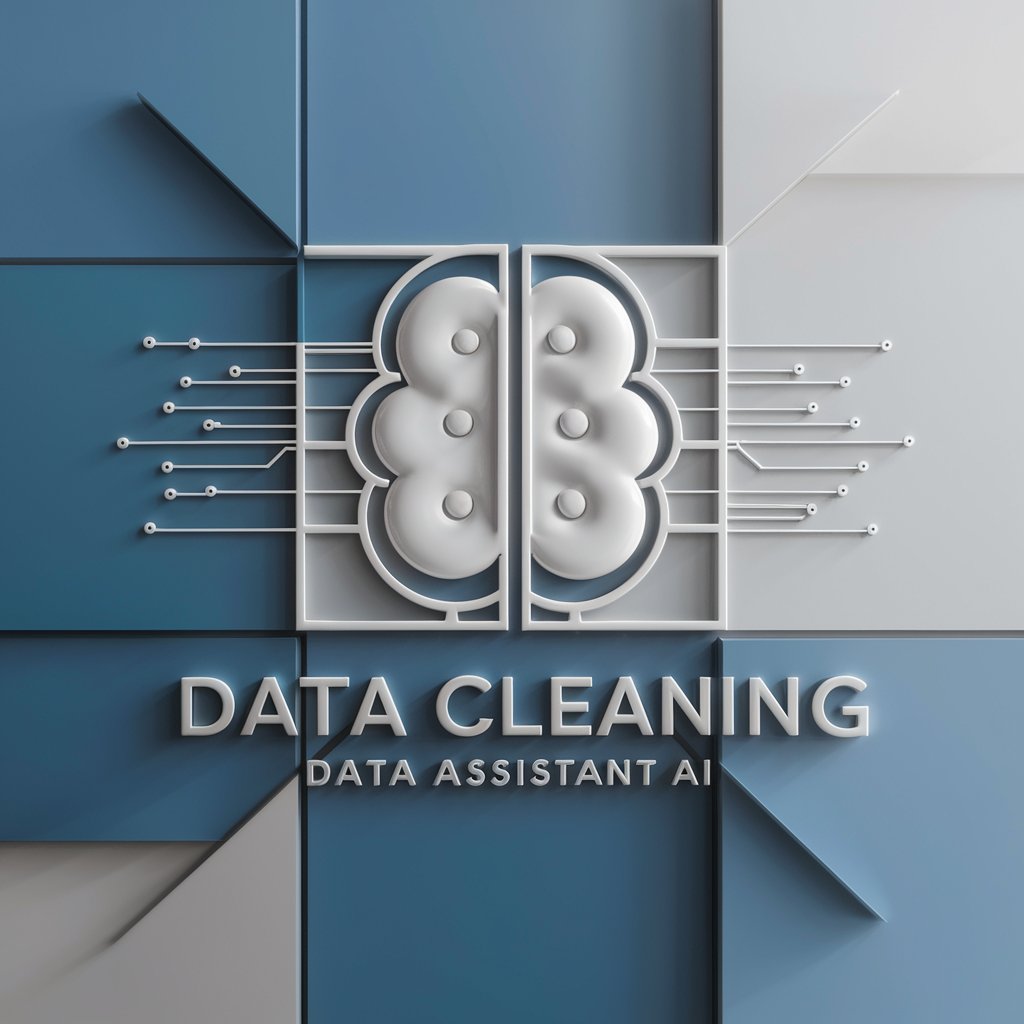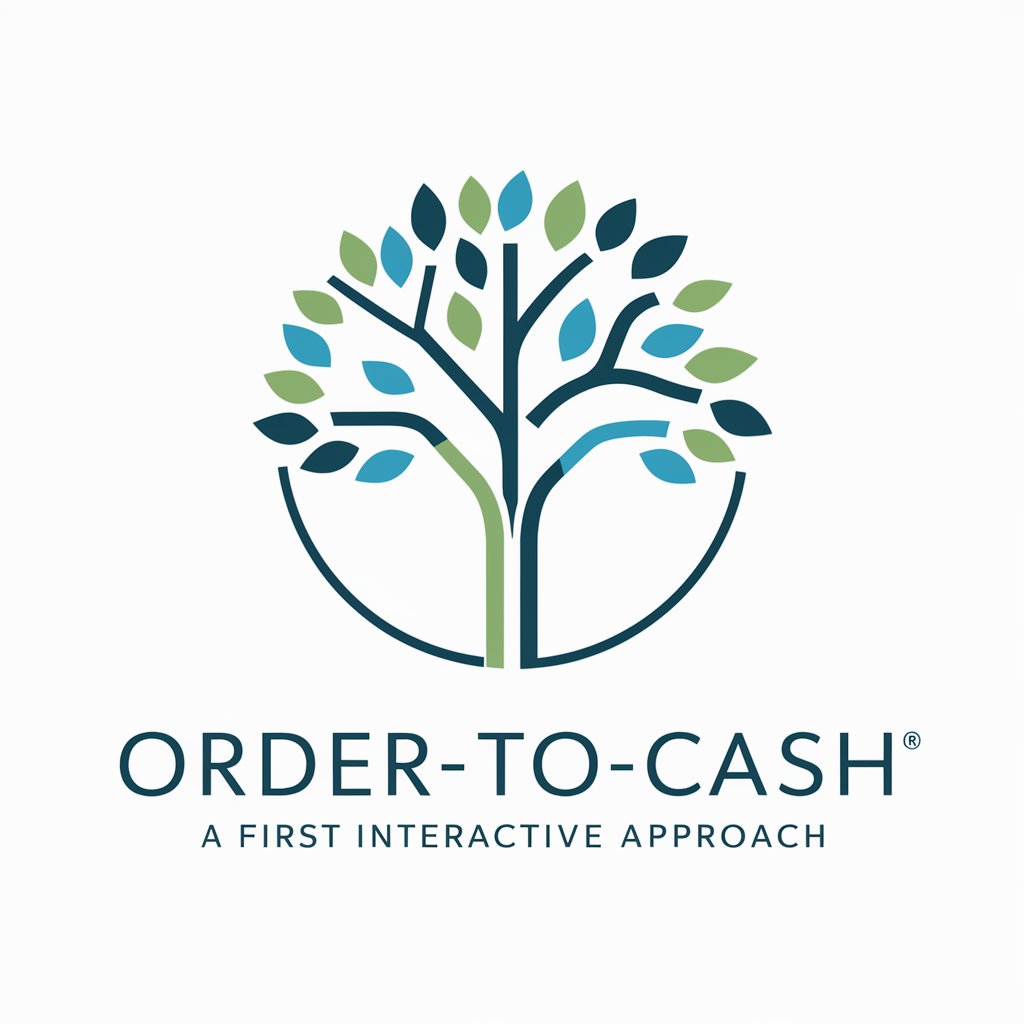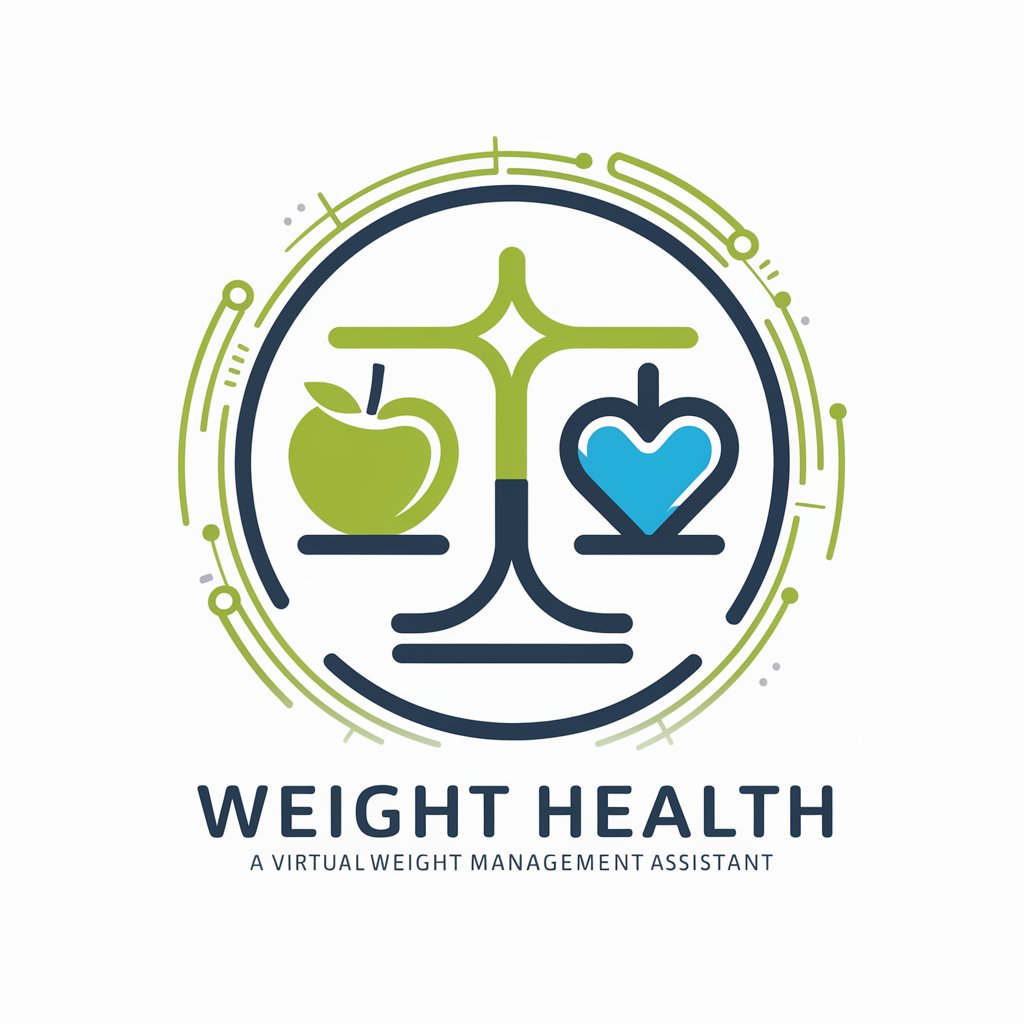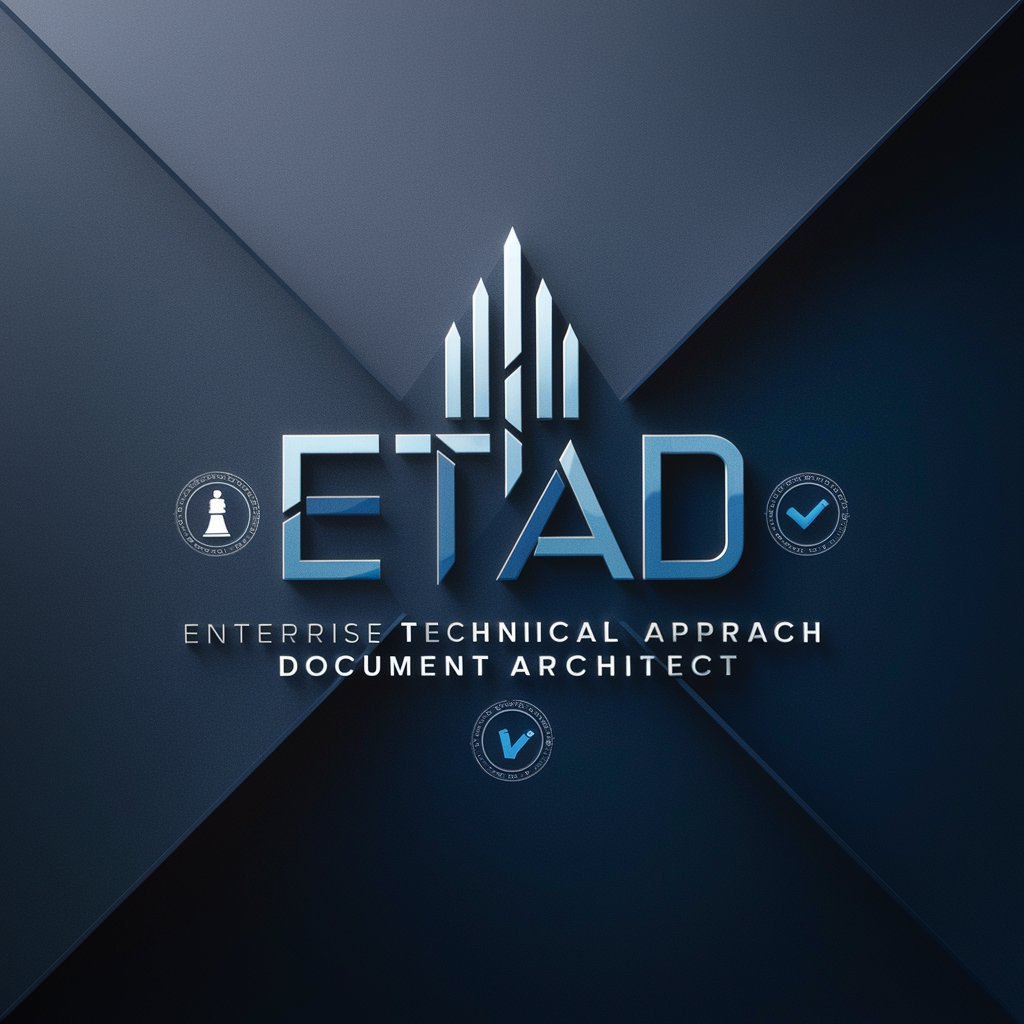Data-Cleaning Approach - Efficient Data Cleaning

Welcome! Let's clean some data together.
Streamline Data Integrity with AI
How can I improve the accuracy of my dataset by...
What are the best practices for handling missing data when...
Can you guide me through the process of identifying unformatted data in...
What steps should I take to ensure data uniformity when working with...
Get Embed Code
Understanding Data-Cleaning Approach
The Data-Cleaning Approach is designed to provide a systematic method for improving data quality, making datasets more accurate, consistent, and usable for analysis and decision-making processes. It encompasses a set of strategies, techniques, and tools aimed at identifying and correcting inaccuracies, inconsistencies, and redundancies in data. For instance, in a scenario where a marketing team collects customer feedback through various channels, data might come in various formats, with duplications or missing values. Here, the Data-Cleaning Approach could involve standardizing data formats, identifying and merging duplicate records, and imputing missing values to ensure that subsequent analyses, like customer satisfaction trends, are based on reliable and complete data. Powered by ChatGPT-4o。

Core Functions of Data-Cleaning Approach
Identification and Correction of Inaccuracies
Example
Automatically detecting and correcting misspelled product names in sales records.
Scenario
In an e-commerce database, product names entered by different employees contain variations and typos, leading to inconsistencies. The Data-Cleaning Approach would involve algorithms to detect these inaccuracies and standardize product names based on a master list, ensuring reliable sales analysis.
Data Standardization
Example
Converting dates in different formats to a uniform standard.
Scenario
A healthcare provider collects patient records from multiple sources, each using different date formats (MM/DD/YYYY, DD-MM-YYYY, etc.). The data cleaning process standardizes all dates to a single format, facilitating accurate patient history analysis and compliance with healthcare reporting standards.
Missing Data Imputation
Example
Using statistical methods to fill in missing values in a customer survey dataset.
Scenario
A market research firm has collected survey data where some respondents skipped questions, leaving gaps. The Data-Cleaning Approach employs techniques like mean substitution or model-based methods to estimate and fill these missing values, making the dataset complete for comprehensive analysis.
Duplicate Detection and Removal
Example
Identifying and merging duplicate customer profiles in a CRM database.
Scenario
In a company's CRM system, some customers have been entered more than once with slight variations in their contact details. The data cleaning process identifies these duplicates using data matching algorithms and merges them, ensuring each customer has a single, unified profile.
Ideal Users of Data-Cleaning Approach Services
Data Analysts and Scientists
Professionals who require clean, accurate datasets for analysis, predictive modeling, and insight generation. They benefit from data cleaning services by saving time on preprocessing, allowing them to focus on high-level analysis and model building.
Businesses and Organizations
Enterprises that rely on data-driven decision-making. This includes sectors like healthcare, finance, marketing, and e-commerce, where data quality directly impacts business outcomes, operational efficiency, and customer satisfaction.
IT and Data Management Professionals
Individuals responsible for maintaining data integrity within organizations. They utilize data cleaning approaches to ensure that databases, data warehouses, and data lakes are free of errors, thereby supporting seamless operations and accurate reporting.

How to Utilize Data-Cleaning Approach
Start Your Journey
Initiate your experience by exploring yeschat.ai for a complimentary trial, ensuring immediate access without the necessity for registration or ChatGPT Plus.
Identify Your Needs
Evaluate and determine the specific data challenges you face, whether it involves handling missing data, correcting inconsistencies, or standardizing data formats.
Apply Your Checklist
Utilize a pre-defined cleaning checklist to systematically address and rectify issues within your dataset, ensuring data integrity and uniformity.
Leverage Preferred Methods
Employ your chosen data-cleaning tools and techniques, tailored to the nature of your dataset, to efficiently clean and prepare your data for analysis.
Review and Iterate
Conduct thorough reviews of the cleaned data to ensure all issues have been addressed. Iteratively refine your approach based on the outcomes to enhance future data cleaning processes.
Try other advanced and practical GPTs
Order-to-cash - a first interactive approach
Empowering Businesses with AI-Driven Order-to-Cash Insights

Choice Under Economic Approach Notebook
Empowering Economic Decisions with AI

Approach Advisor
Empowering Confident Social Interactions with AI

Weight Lifting Coach
Personalized weightlifting guidance powered by AI

Weight Health
Empower your diet with AI

Weight Mentor
Your AI-powered journey to a healthier you.

Enterprise Technical Approach Document Architect
Crafting Precision in Enterprise Changes

Lexical Approach
Empower language learning with AI

My Parent Approach
Tailoring parenting with AI precision.

Alpha approach, Chad GPT
Master dating conversations with AI.

Rebranding (marketing approach , logo, slogan)
Revitalize Your Brand with AI-Powered Insights

Sex Guide💎
Enhancing relationships with AI-powered advice

In-Depth Q&A on Data-Cleaning Approach
What is Data-Cleaning Approach?
Data-Cleaning Approach refers to a systematic process aimed at identifying, correcting, or removing inaccurate, incomplete, or irrelevant data from a dataset, ensuring it is of high quality and ready for analysis.
Why is a cleaning checklist important in data cleaning?
A cleaning checklist serves as a comprehensive guide to systematically identify and address data quality issues. It helps in ensuring that all aspects of data integrity and uniformity are considered during the cleaning process.
How can one handle missing data effectively?
Handling missing data involves techniques such as imputation, where missing values are replaced with substituted ones, or deletion, where rows or columns with missing data are removed. The choice depends on the nature of the data and the intended analysis.
What are some common data-cleaning tools?
Common data-cleaning tools include programming languages like Python and R, utilizing libraries such as pandas and dplyr, and software like Excel for more basic tasks. These tools offer various functions for manipulating and cleaning data.
How does data cleaning impact data analysis?
Effective data cleaning is crucial for accurate data analysis. It enhances the quality of the data, ensuring that insights and conclusions drawn from the analysis are reliable and reflective of the true nature of the dataset.
